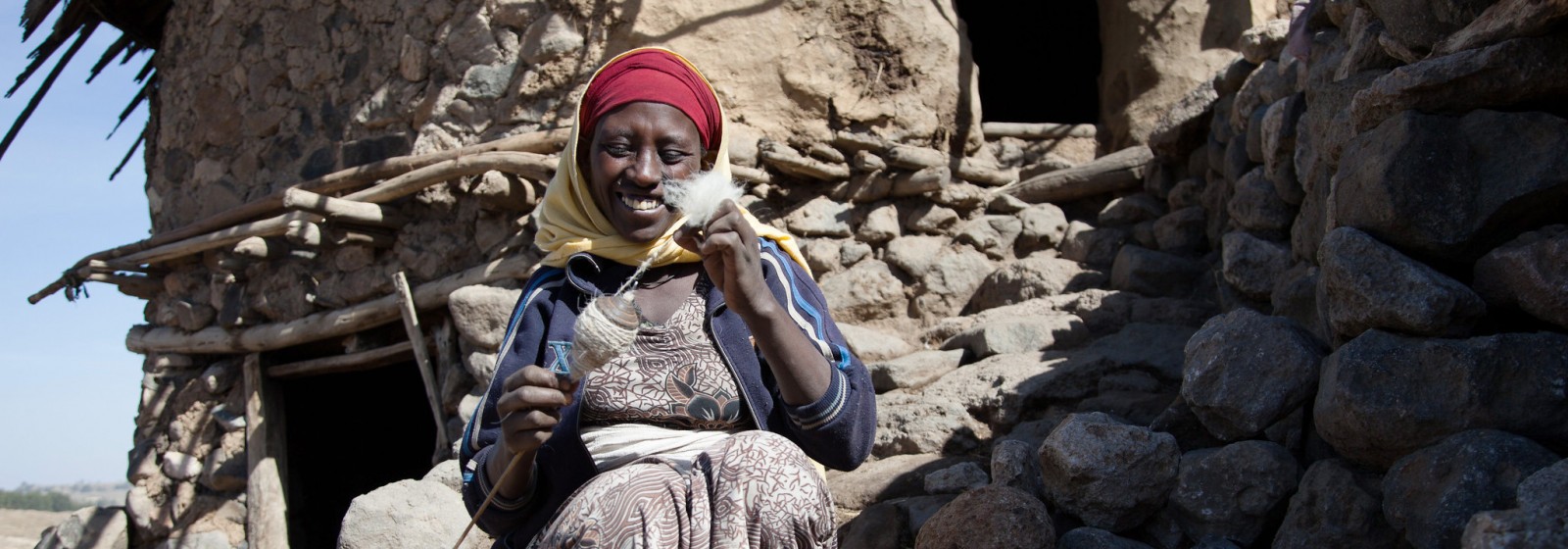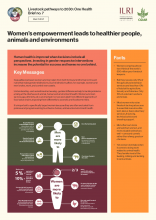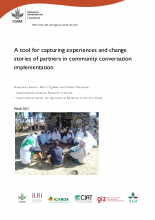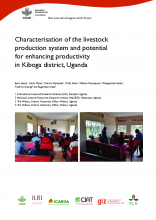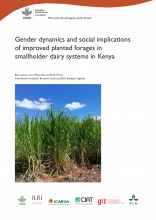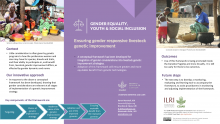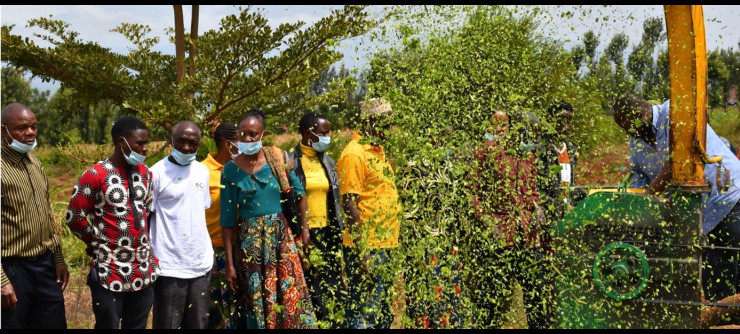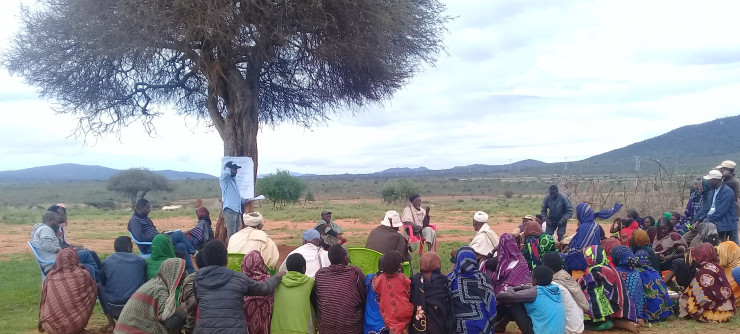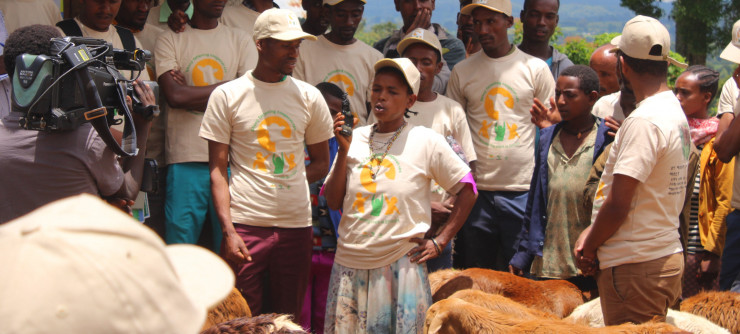Livestock are a major asset for people the world over. Many people move out of poverty by climbing a ‘livestock ladder’, in which, for example, their increasing the productivity of a few chickens leads first to a larger flock of chickens, then to a few goats, and finally to a cow or two. Such livestock ladders help men and women fulfil their aspirations as well as needs. The CGIAR Research Program on Livestock is using the livestock ladder as a framework to investigate the gendered dynamics of moving up (and down) this livestock (and livelihood) ladder.
Our big research questions
- How does gender (in-)equality affect the technological and institutional solutions that are designed, delivered and studied along the livestock ladder?
- How do the technological and institutional solutions developed affect gender relations and gender transformation?
What are we doing?
- Researching equity issues along the ladder: by understanding aspirations and how the ladder can help, identifying policy barriers and market development (including what happens when livestock business becomes a business)
- Tailoring innovations for households, communities and nations to facilitate movement along the livestock ladder and to increase the incentives for, and benefits of, doing so
- Assessing the actual and potential roles of livestock in transforming gender relations and other social constructs
- Unpacking what’s needed to enable livestock enterprises to do more to empower women and to enhance the nutrition and resilience of their households and communities
How are we doing it?
Integration in flagships: A bundle of services
For livestock production to be successful, it requires a bundle of services, the access and use of these is gendered along the livestock ladder. [insert flagship images here]
Strategic research: Capabilities and empowerment to move up the ladder
Our strategic approach and concepts include understanding the access, decision making and use of livestock as a resources, but also developing the capabilities and agency to benefit from livestock
- Women’s empowerment livestock index (WELI)
- Gender issues in the ‘livestock master plans’ of countries
- Livestock ownership as defined by women
- Empowerment domains and indicators at livestock project level
- Links between consumption of animal-source foods and women’s empowerment
- Gender-distinguished opportunities in livestock value chains
- Helping livestock communities and nations gain greater voice and influence
- Training in issues at the interface of gender/livestock and more sustainable food systems
Examples of gender work under the current Livestock CRP:
- WELI: the women’s empowerment in livestock index (WELI) is a tool measures women’s empowerment in livestock and crop agriculture and focuses specifically on key areas of livestock production, such as animal health, breeding and feeding; and on use of livestock products, such as animal-source-food processing and marketing.
- G-FEAST: a gendered version of ILRI’s livestock feed assessment tool (FEAST), that takes into consideration the constraints that households face such as the labor burden of women and their limited access to, and control over, resources. It aims to improve the targeting of feed interventions by considering the problems and solutions for both women and men.
